https://unsplash.com/photos/person-wearing-black-framed-sunglasses-wD9sFqvM_9c
In this series of blog posts, we'll explore the best ways to become a Product Manager, drawing on my career and conversations with other PMs.
The challenge in becoming a PM lies in the absence of a traditional or clear path. Most professions follow a standard route, typically involving:
- A bachelor's degree for foundational knowledge (e.g., Marketing),
- A master's degree for specialization (e.g., Performance Marketing),
- Starting as a junior in the chosen field,
- Career progression.
However, in Product Management, there's no set path. Anyone can become a PM, and there are many routes into the field.
Here's my favorite approach:
Build a Product
Building is a mindset. You need to integrate this into your thinking. The best way to do this is to build products.
Develop projects, extensions, simple SaaS, online marketplaces, e-commerce websites, or even games. If you're not technically inclined, use no-code tools or CMS platforms that don't require coding.
I've built simple products using my coding skills (with a bit of help from ChatGPT) and also used various no-code tools. Both experiences were enjoyable!
If you're unsure where to start, here's a roadmap:
Choose a Problem You're Passionate About
- Identify a problem that you care about: Look around for everyday problems or challenges you encounter. Solving a problem you already have increases the chance of success.
- Scope and Feasibility: Ensure the problem is manageable. It should be complex enough to challenge you but not so vast that it becomes overwhelming.
Plan Your Tasks
- Project Management Tools: Familiarize yourself with tools like Trello or Asana. These tools help in organizing tasks, setting deadlines, and tracking progress.
- Task Breakdown: Divide the project into smaller, manageable tasks. This includes market research, defining target users, designing, developing, and testing the product. If you don’t know all the tasks, start simple with your first task, then add the next one, and so on.
- Setting Milestones: Establish clear milestones to measure progress. This keeps the project on track and provides a sense of accomplishment. Basic milestones could include defining the scope, developing the product, and launching it.
Note that you need to avoid overplanning. Planning is a supplementary action in your product development, not the primary one. The main focus should be on building your product.
Map the User/Customer Journey
- User Personas: Create detailed user personas to understand your target audience's needs, preferences, and behaviors. If you don’t know any personas, describe yourself, since you are a potential customer for this product.
- User Flow: Design the sequence of actions a user will take in your product. This includes navigating through the interface, using features, and reaching their goal. If you don’t know where to start, Pageflows is a useful resource.
- User Features: Describe the essential user features mapped in the user flow above. Typical features include login/signup, payment, input forms, etc. There are standalone solutions available that fulfill these needs without the need to build something from scratch.
Choose (or Create) the Design & UX
- Learn Design Principles: If you’re new to design, start with the basics of visual design, user interface (UI), and user experience (UX) principles.
- Design Tools: Explore tools like Figma. These tools offer functionalities to create and prototype designs. Plus, you'll experience firsthand the challenges of a product designer.
- Buy a Design Template: If you are not interested in investing more time and effort in design, you can buy a design template and proceed with the product design, both fast and affordably.
- Developing Your Copywriting Skills: UX isn't only about design. You need to add compelling copy as well. Use your common sense, your imagination, and ChatGPT to come up with copy that helps users understand and delights them.
Build the Product
- Technology Selection: Choose the right technology stack based on your product's requirements. This could be a coding language (e.g., Python) or a no-code platform. No-code is easier, but learning the basics of coding is more valuable.
- Development Process: If you’re coding, learn the basics of the necessary languages. For no-code, explore platforms like Bubble or Webflow.
- Testing and Iteration: Regularly test the product for bugs and usability issues. Debugging is a critical part of development.
- Tracking & Measurement: Set up a tracking tool. A good combination is Google Analytics and Google Tag Manager. You need to track user behavior and product performance.
Gather Feedback
Let your friends test your product and provide feedback. Also, since you are a potential customer, make multiple tests on your own as well.
Document Everything
Record your development journey. This documentation is now part of your portfolio. You can present it as a blog post, a PDF, or in any other format you like. Include all steps, resources used, and lessons learned.
Announce It Publicly
Launch your product! Three things can happen:
- People use and like your product.
- People use it but don't like it.
- People don't use it at all.
Regardless of the outcome, you've built your first product.
Here is a relevant example of mine:
kgiamalis.co
kgiamalis.co
While not a PM's daily job, this process exposes you to aspects of product work, helping you discover your preferences. Plus, you can continuously modify your product, and there's no limit to the number of products you can create.
Other relevant posts:
![[Notes] PM Habits Seminar: Get Shit Done by Shreyas Doshi](https://images.unsplash.com/photo-1517842645767-c639042777db?ixlib=rb-4.0.3&q=90&fm=jpg&crop=entropy&cs=srgb&w=1920)
![[Guide] Two decision making frameworks (+books)](https://images.unsplash.com/photo-1533073526757-2c8ca1df9f1c?ixlib=rb-4.0.3&q=90&fm=jpg&crop=entropy&cs=srgb&w=1920)
![[Guide]](https://images.unsplash.com/photo-1635850967683-17df1f33e749?ixlib=rb-4.0.3&q=90&fm=jpg&crop=entropy&cs=srgb&w=1920)

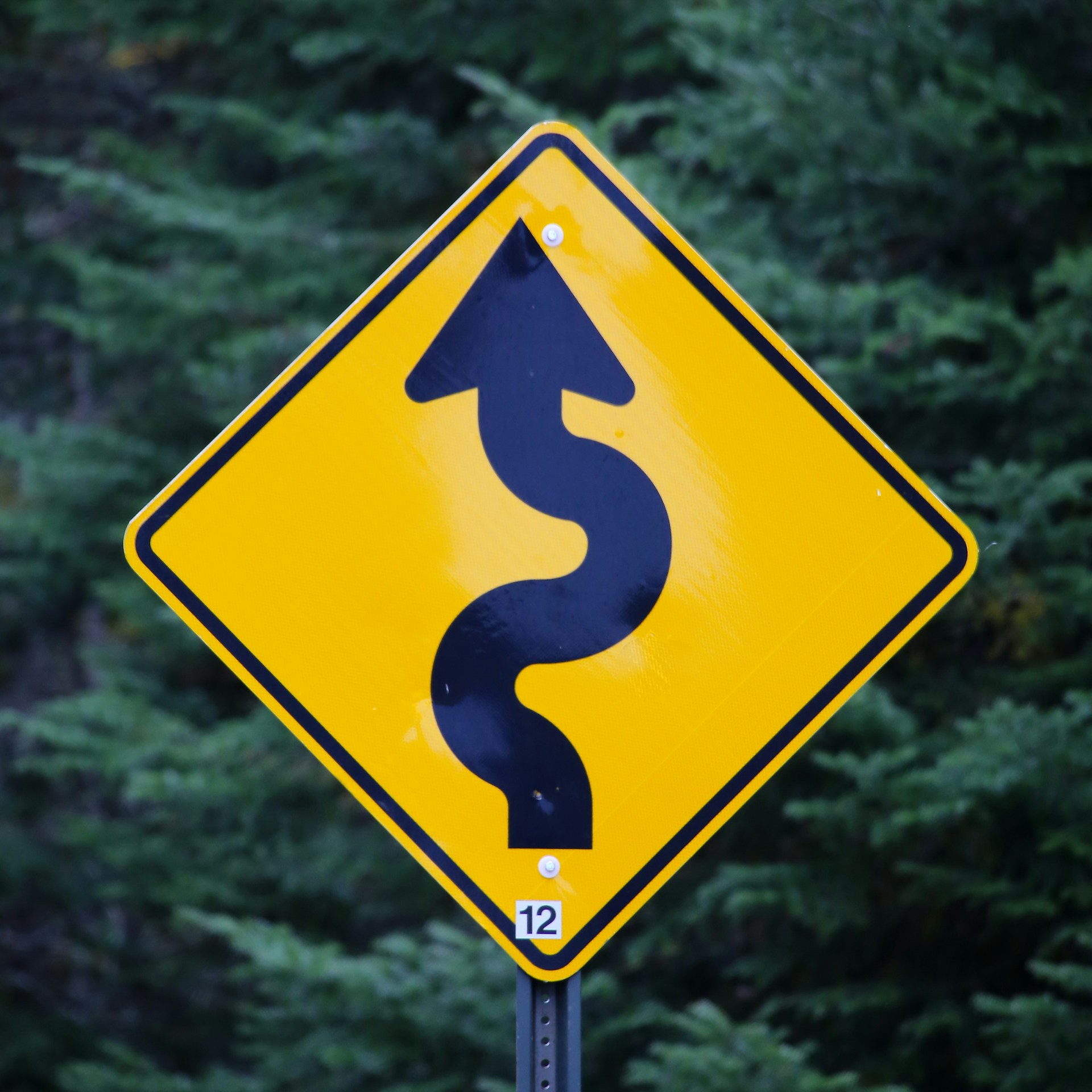




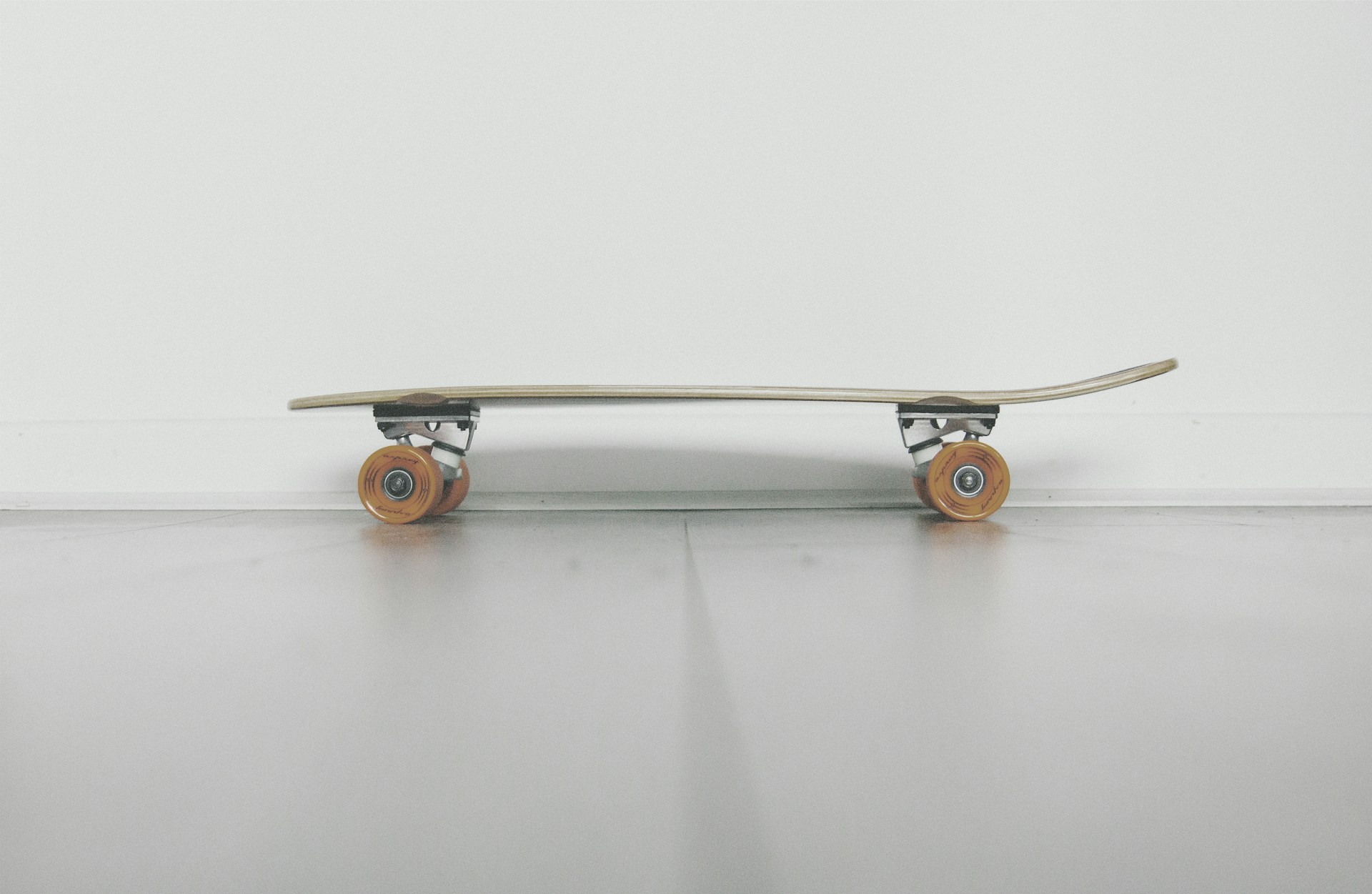
![[Hot take] End of Software?](https://images.unsplash.com/photo-1495055154266-57bbdeada43e?ixlib=rb-4.0.3&q=90&fm=jpg&crop=entropy&cs=srgb&w=1920)

![[Guide] Product hiring framework](https://images.unsplash.com/photo-1635350736475-c8cef4b21906?ixlib=rb-4.0.3&q=90&fm=jpg&crop=entropy&cs=srgb&w=1920)
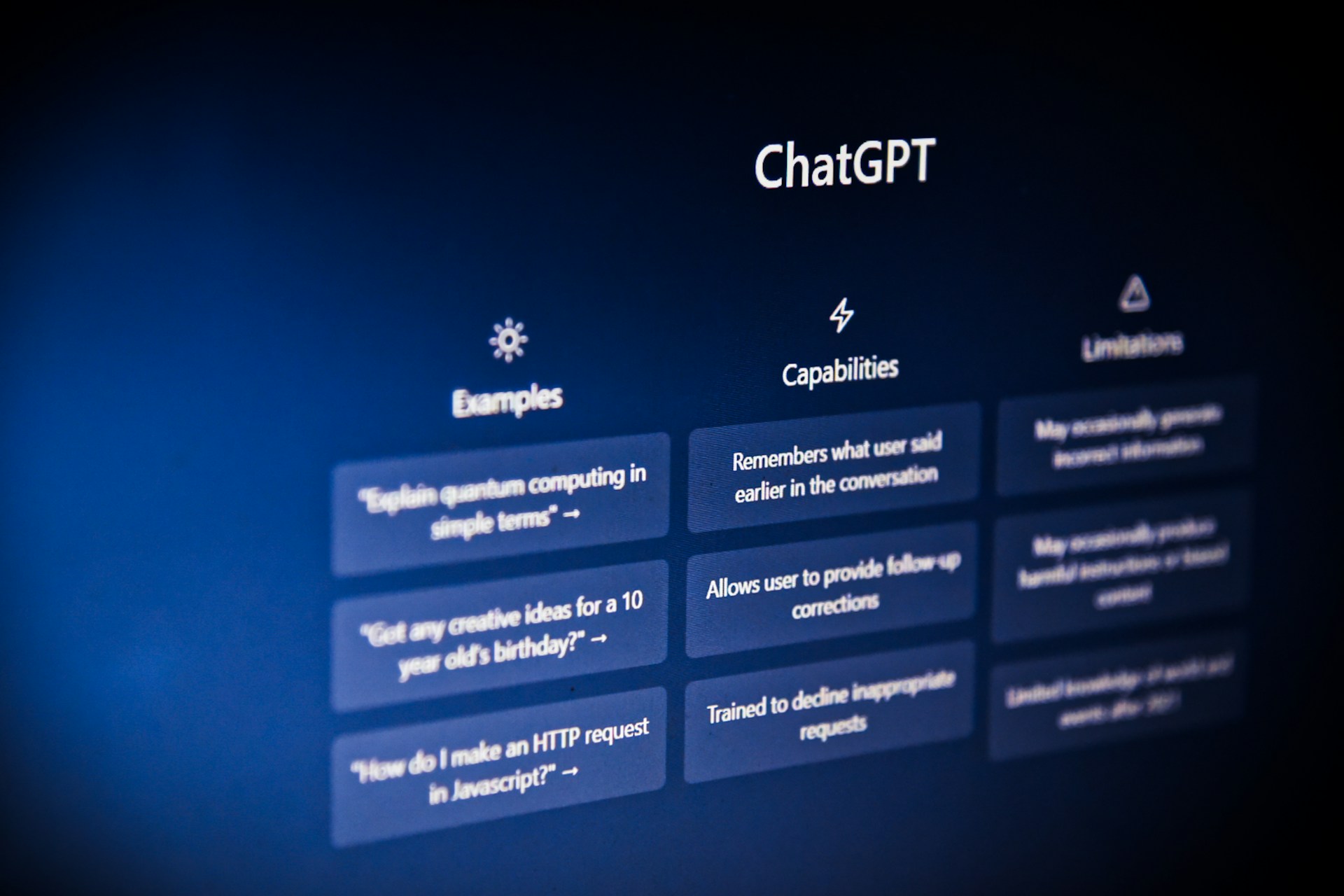




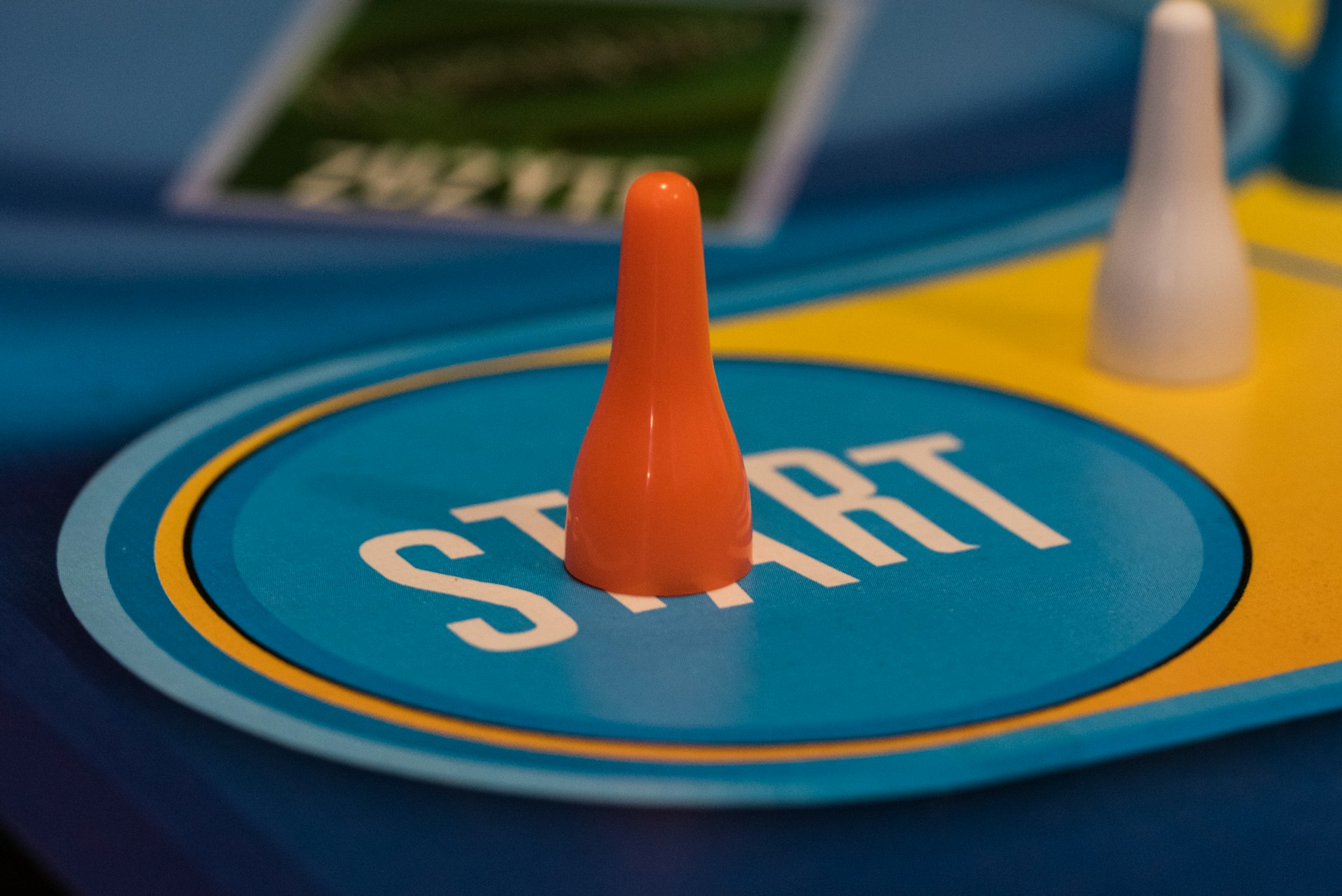

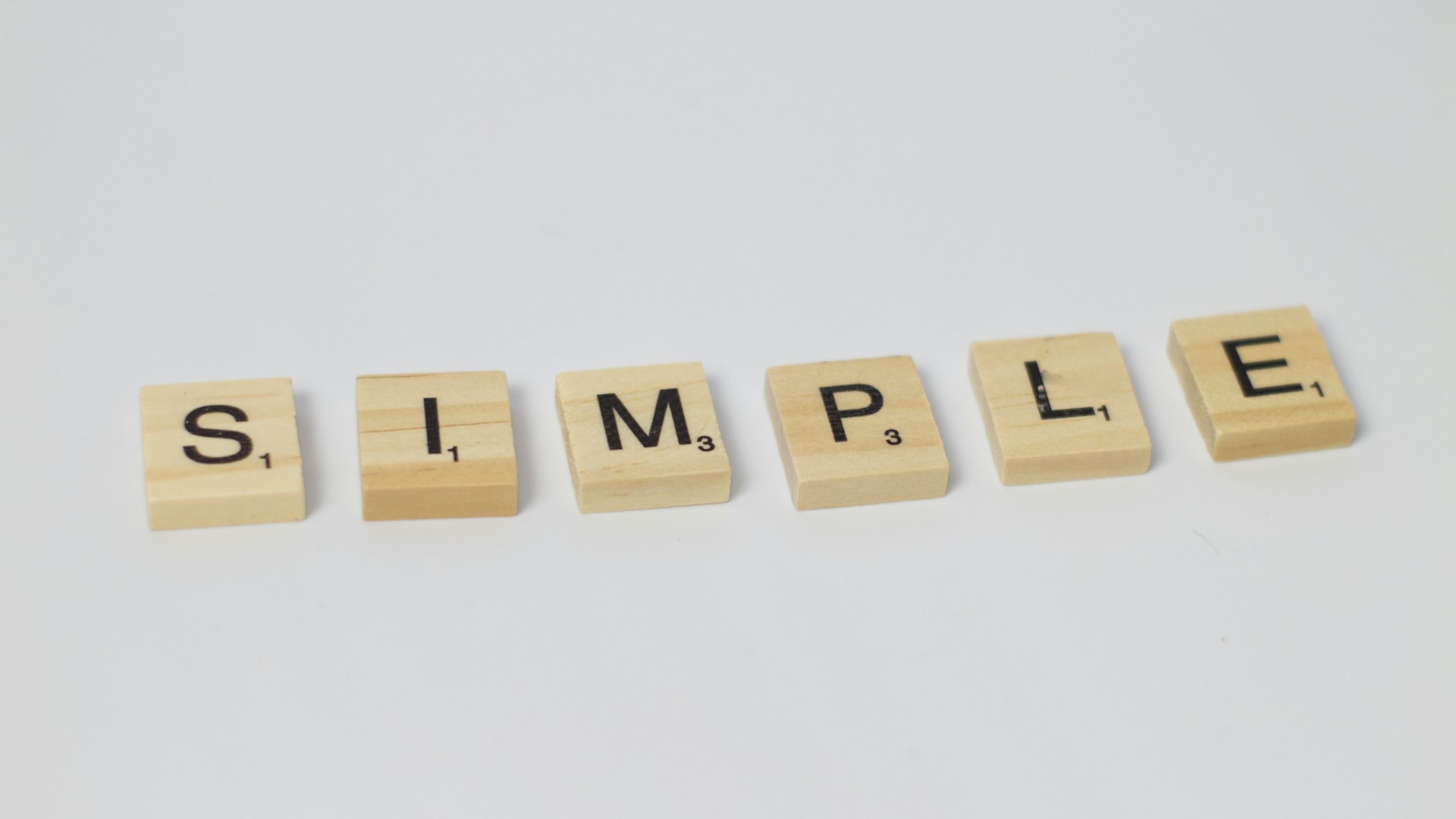






![[Guide] PM Growth assessment example](https://images.unsplash.com/photo-1484480974693-6ca0a78fb36b?ixlib=rb-4.0.3&q=90&fm=jpg&crop=entropy&cs=srgb&w=1920)
![[Essay] A strange A/B test](https://images.unsplash.com/photo-1545830384-3a2061eb44ed?ixlib=rb-4.0.3&q=90&fm=jpg&crop=entropy&cs=srgb&w=1920)